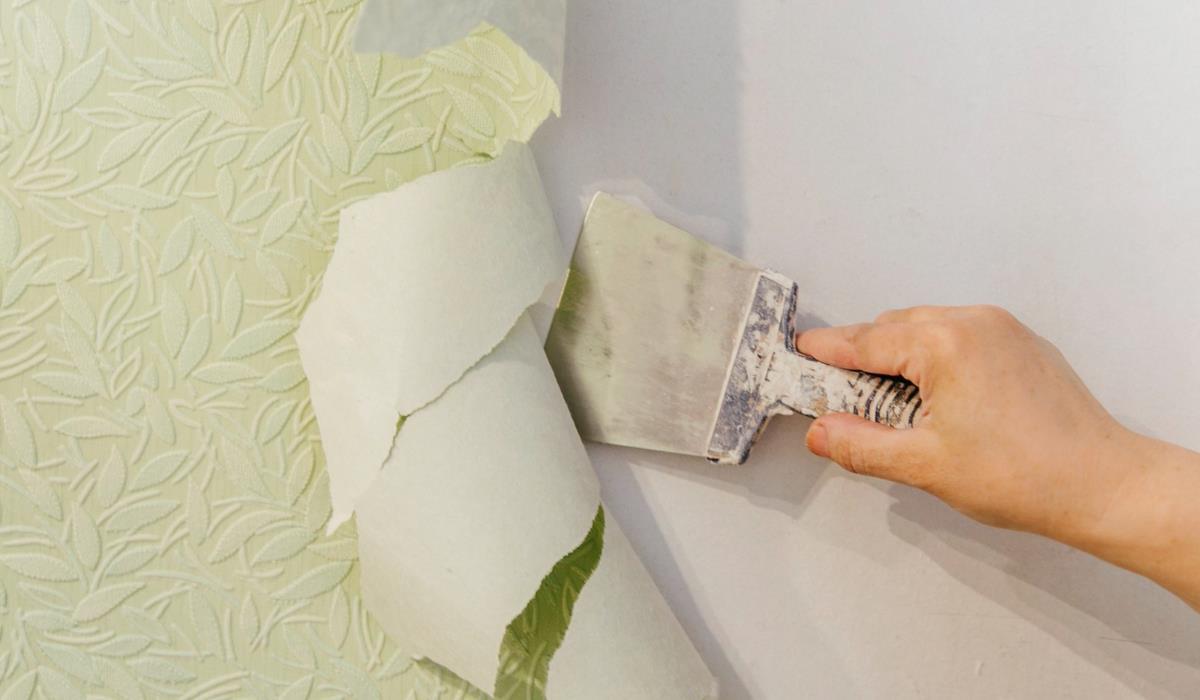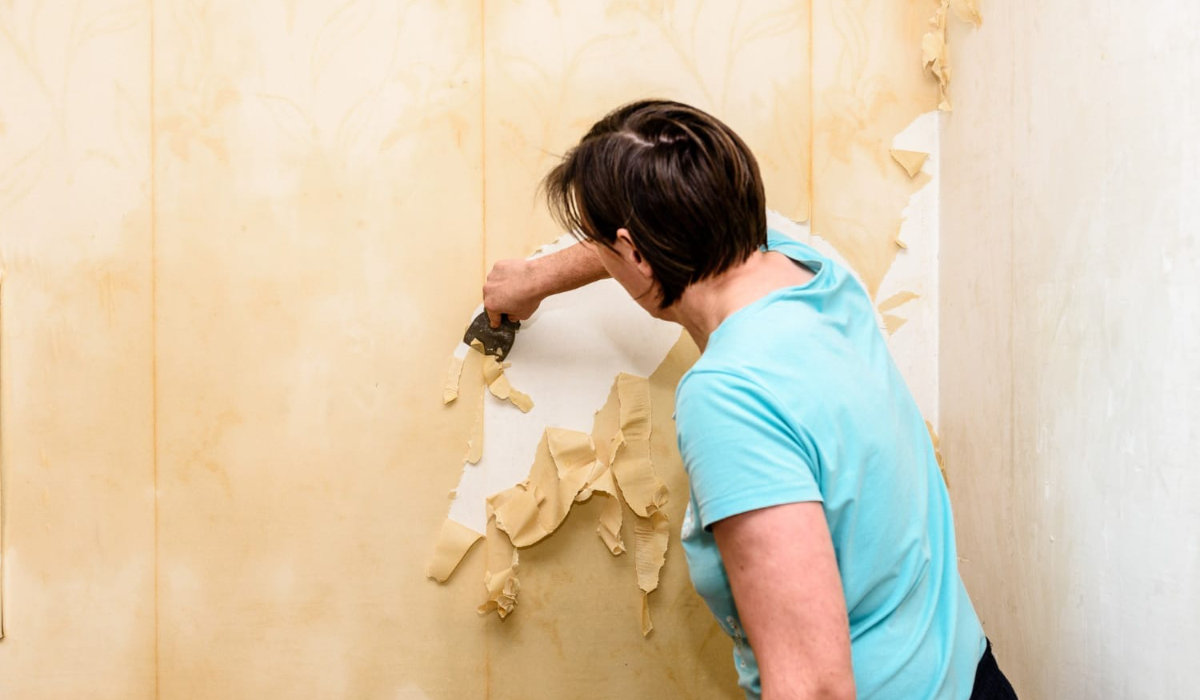Removing wallpaper may be one of those projects you’ve long considered, but you’ve been put off by rumors of its difficulty. Whether you get bored or have problems with it, it can actually be difficult to remove. However, that’s only if you approach this project without a plan. When you have the right tools and materials, you’ll be able to remove wallpaper from your walls faster, cleaner and easier.
Care is also recommended when removing wallpaper, especially if you are dealing with wallpapers with a foil or vinyl top layer, which can be difficult to remove and may leave sticky residue that is difficult to remove. In this case, it is worth using professional chemicals or investing in specialized tools, such as wallpaper steamers.
Method 1: Steam wallpaper removal
Tools needed
- foil
- tape
Prepare the steamer
Fill the steamer tank with water up to the maximum line. Do not fill the steamer too much.
Attach the handle and hose to the large steam plate. Plug the device into the socket and turn it on.
Wait for the device to generate steam. Most devices have light indicators that let you know when the device is ready. This may take five or ten minutes.
Steam the wallpaper
Place the plate on the wallpaper section and pull the trigger for 15 to 20 seconds. Remove the plate immediately.
Tip: Be patient. If the wallpaper does not come off, hold the steamer over the area a little longer. Using a scraper, gently peel off each section. If you rush the process, you can potentially damage the walls with the scraper.
Remove wallpaper.
Immediately start peeling off this section of wallpaper gently with a scraper.
If that doesn’t work well, make some holes in the wallpaper with the putty tool. Reattach this section with steam and try to tear it off.
Continue the process until the wallpaper is removed.
Clean up the glue
Once the wallpaper is removed, go back and start soaking again to remove any remaining glue. Once you get rid of all the glue, use a new damp sponge to wipe the wall.
Method 2: water and vinegar
Tools needed
- water
- vinegar
- foil
- tape
Mix vinegar and water
Mix white vinegar and water in equal proportions in a spray bottle and get ready to soak your walls.
Soak the wallpaper
Spray the area generously and watch the wallpaper begin to peel and separate from the walls.
Method 3: wallpaper remover liquid
Tools needed
- wallpaper remover in a spray bottle
- foil
- tape
Apply wallpaper remover
Using tape, stick the foil to all areas of the wallpaper that will not be removed. Turn the wallpaper remover bottle to the ON position, but not to the spray mode. Spray the product on an area of about 0.5 by 0.5 meters, and then spread it evenly with a sponge. Wait about five minutes for the product to penetrate the paper. In the meantime, watch out for any drips and remove them.
Start removing the wallpaper
Gently slide the scraper under the paper and lift it up. Do not scrape the wall with a knife as you may damage it. The wallpaper should come off easily. If not, use a putty tool to make holes.
Repeat the process
Apply more wallpaper remover and wait five minutes. Repeat the process of lifting the wallpaper with a scraper. You may have to do this a few times for the wallpaper to be removed cleanly.
Clean up the remaining traces
Some glue may remain on the wall. Use wallpaper stripper to remove it. Spray on the wall and spread with a sponge. Wait a few minutes, then scrape off any remaining, dissolved glue.
Clean the wall with a new, clean sponge dampened with water.
Wallpaper removal tips

Cardboard gypsum is covered with a paper coating. When this layer of paper is combined with wallpaper, the two materials combine particularly well. The separation of the two laminated materials is difficult to do cleanly. Both materials are porous, thin and tear easily. If the wall was previously painted with a semi-matt or glossy paint, removing the wallpaper is a little easier. In this case, the gypsum paper is less porous and the paint helps to hold the gypsum paper together.
The ingredient that gives the wallpaper glue amazing sticking properties is starch. Modified wheat starch has long been used for gluing wallpaper. Even today, it is the main solid component of most of these adhesives. If you’ve ever dealt with stubborn starchy remnants in another form – such as dried-up pasta leftovers in a pan – you know that hot water dissolves these starches so they can be washed away more easily. The same concept applies to wallpapers. Moisture plus heat, together with a short time, equals an unbeatable combination for dissolving these starches and removing wallpaper.
Using a steamer is the best method of removing wallpaper in a large room with a large area of wallpaper to be removed. If you are using the water and vinegar method, it is important to soak the walls as much as possible. The more saturated the wallpaper is, the better. Give yourself time, whichever method you choose. Removing wallpapers can be a long and difficult task.



